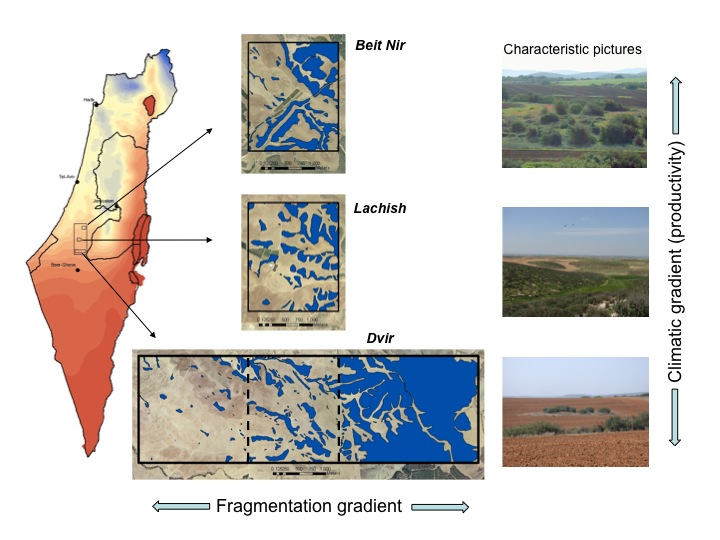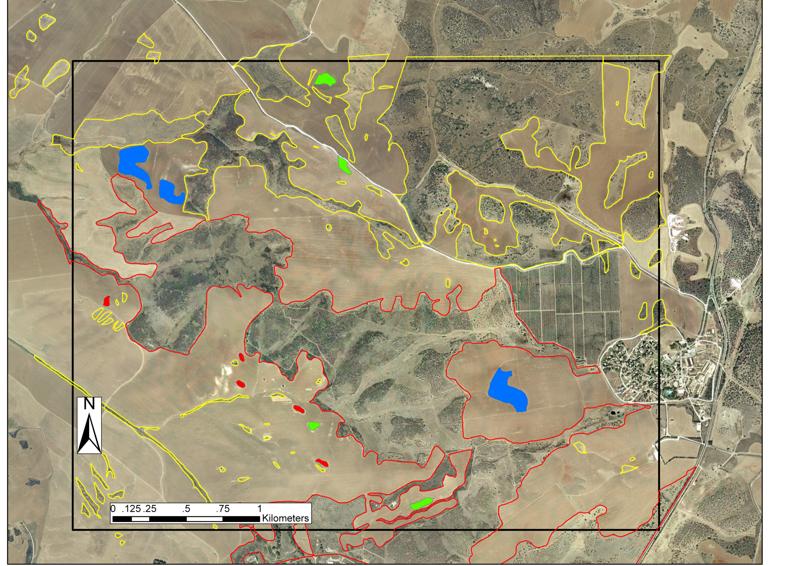The current intensification in agricultural use of land on one hand and the need for healthy ecosystems with functional biodiversity to maintain our life-support systems on the other hand, suggest that food security and ecosystem conservation present two opposing forces that compete over natural resourcesand space. We must find ways to combine these two forces. In other words, we must increase biodiversity conservation within productive agricultural landscapes.
The new emerging field of Agroecology “is concerned with the maintenance of a productive agriculture that sustains yields and optimizes the use of local resources, while minimizing the negative environmental and socio-economic impacts of modern technologies” (Scientific Society of Agroecology). Agroecology strives to maintain productive agriculture in line with food security, yet in ways that protect and restore the area’s biodiversity and natural resources (also called, ‘Wildlife-Friendly Agriculture’).
Wildlife-Friendly Agriculture relates to diverse directions by which we can increase biodiversity and the ecosystem services in an agroecosystem. Among others, these include:
• Maintaining agricultural heterogeneity at the agroecosystem scale;
• Keeping natural habitats between agricultural fields (Land sharing);
• Reducing chemical use;
• Adjusting agricultural practices for biodiversity conservation.
Our lab mainly focuses on land sharing and presents evidence of the contribution of natural habitat patches located in-between agricultural fields for overall biodiversity preservation. Our main model landscape is Southern Judea Lowlands.






